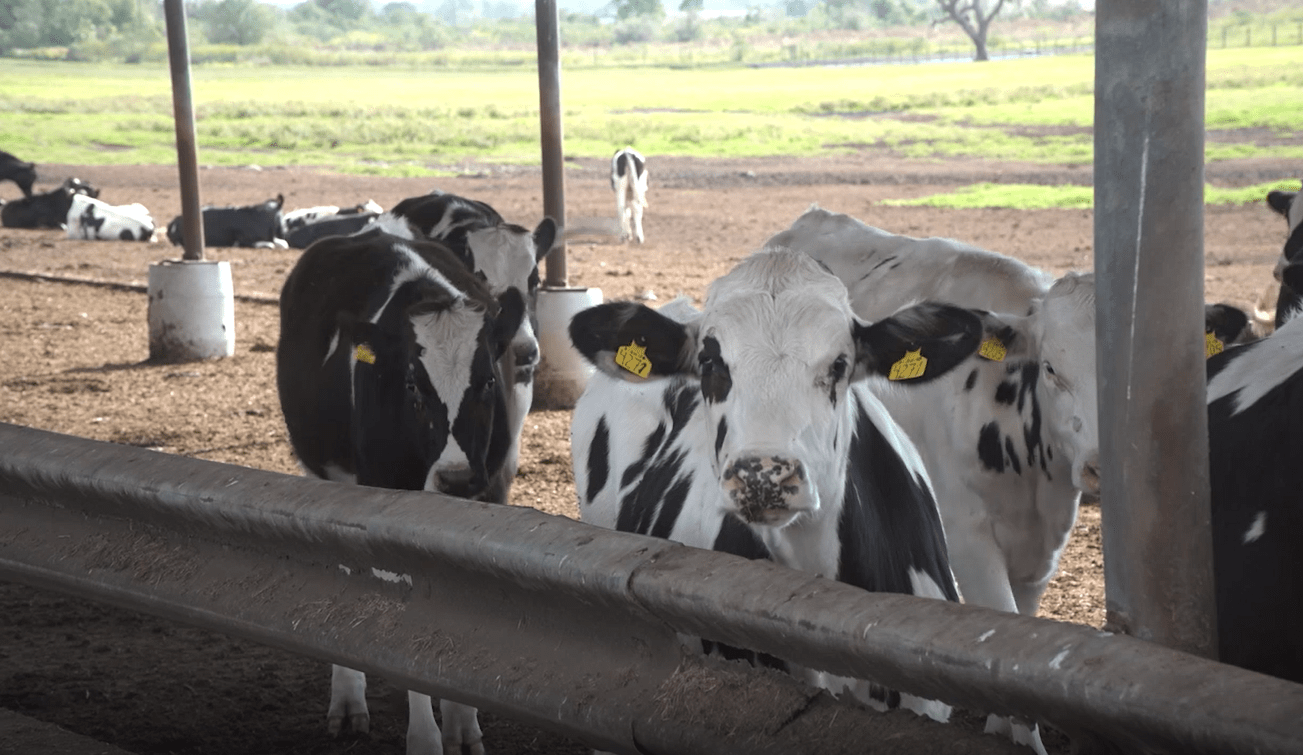Identifying, Understanding and Combating Fly Infestations
Fly infestations can deal serious damage to your livestock when left untreated. Flies can spread disease, reduce weight gains among animals and cause severe irritation. Implementing an effective fly management program is necessary for the health of your animals and your bottom line. But the first step is identifying which flies you are dealing with and how they operate. Then you can determine the best way to control them.
The most common flies around livestock are house flies, stable flies, face flies and horn flies. Here are ways to recognize them in different animal populations.
Flies that Affect Dairy
- Stable flies deliver painful bites to cows while they are sleeping, feeding and milking. These flies not only cause cows irritation, they also cause loss in production. High populations of stable flies can lower a cow’s milk production by up to 30 %.
- House flies lay eggs in cow manure and breed quickly. These flies spread more than 65 diseases to cows including mastitis causing significantly smaller milk yields.
- Horn flies also spread mastitis by biting cows on and around the udder. This causes irritation and tissue destruction. These flies also feed on blood of the animal, which leads to weight loss.
Flies that Affect Sheep and Goats
- Stable Flies, like with cows, feed on the legs of sheep and goats and give them painful bites. This causes them to eat less and grow at a slower rate. These flies inflict stress on the livestock, reducing their performance. Livestock bunching is a key sign of stable flies starting to impact your profits.
- House flies spread diseases to the sheep and goats they are around. Sixty-five disease organisms are linked to house flies. One of these diseases is mastitis, which limits the quality and quantity of milk and causes weight loss. House flies also spread pink eye and tuberculosis.
Flies that Affect Beef Cattle
- Horn flies are one of the biggest threats to beef cattle. They feed on the cows’ blood, which can cause weight loss, changes in grazing patterns and decreased milk production. These flies are also linked to reduced calf weaning weights. They also spread harmful disease to the herd.
- Face flies, although non-biting, can also spread disease. They cluster around the cow’s eyes, mouth, nose or any open wounds to feed on fluids. This causes irritation and disease such as pink eye.
- Stable flies also feed on the blood of the animal causing similar problems as a horn fly. These flies affect cattle weight gain and spread harmful diseases.
Flies that Affect Equine
- House flies breed in animal manure, and infestations grow fast. These flies inflict stress on horses and cause irritations such as summer sores.
- Horn flies feed on horses resulting in skin inflammation. These blood-feeding flies bite them on their shoulders, neck, withers and abdomen. Itchy skin is a sign of horn fly bites.
- Face flies feed on secretions around the horses’ eyes. These flies cause red eyes, swelling and cloudy corneas.
- Stable flies can carry bacteria into wounds on a horse leading to skin lesions known as equine granular dermatitis.
Flies that Affect Swine
- House flies spread harmful disease organisms such as PEDv and E. coli to pigs. Disease and illness spread quickly due to the pigs’ close proximity. This in turn increases treatment costs. These flies also cause undue stress on the animals, which can cause pigs to feed less and lose weight.
Learn more about house flies, stable flies, face flies and horn flies on our Fly ID page!



